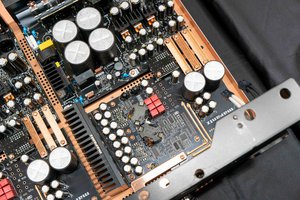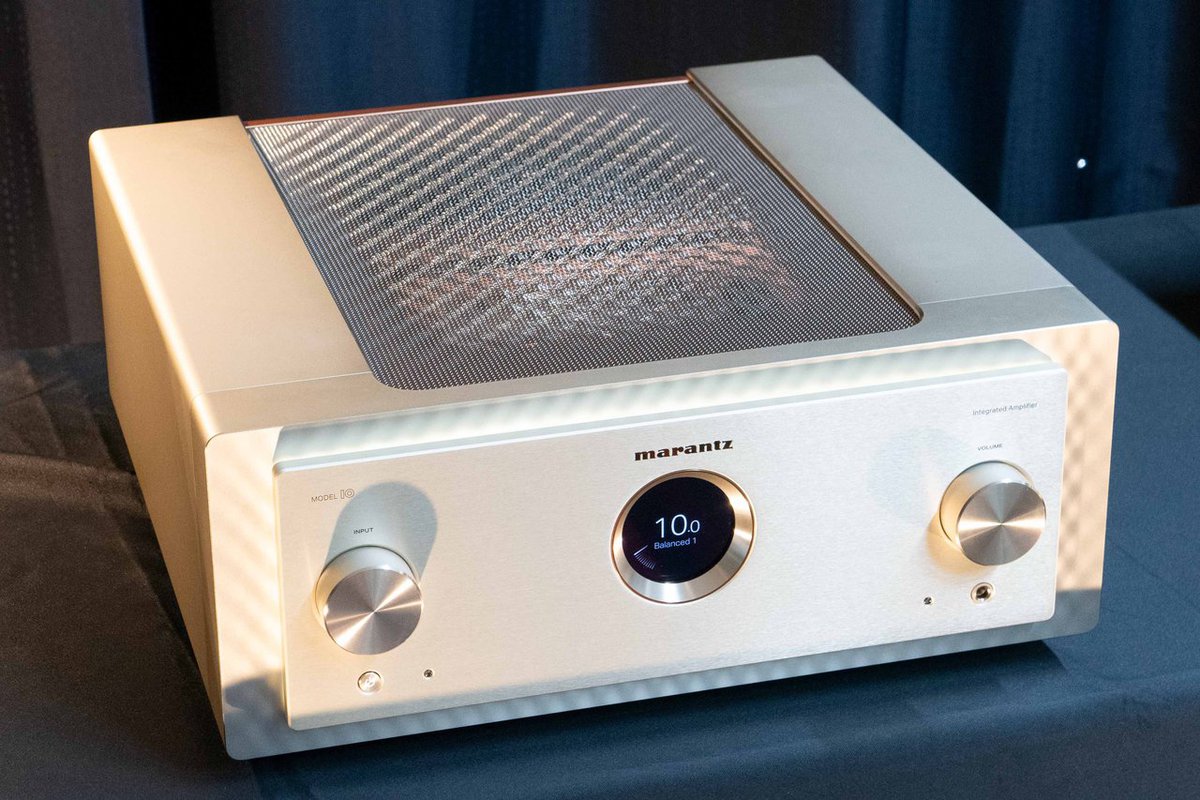'm not a fan of sticking complete third party, entire amplifier modules in a flagship TOTL product, but it's been done before and is regularly done across practically every industry.
I mean where do you draw the line? An amplifier module, an SMPS power supply, a circuit design or technique, a particular IC or even buying a microcontroller from a rival company to use in your product? How is it different to the CD player era where various manufacturers used complete IC sets from Sony, D/A converters from Burr Brown, Philips, Toshiba? They didn't have the expertise or investment to make their own.
They do seem to suggest it is an in house SMPS and the preamp is a continued evolution of the pre-Denon-merger SC-7S1.
Because when you talk about amplifiers, aren’t they using transistors from Sanken? McIntosh is using transistors from OnSemi…. Where do you draw the line?
There was a huge difference in protection circuitry on the PM-10 and off the shelf HypeX SMPS and HypeX NC500. Ralph from Atmasphere has acknowledged that Purifi and HypeX have patents that are hard to work around. So from the get go, this is probably a Purifi design that has added protection circuits.
The biggest problem in my opinion is the price.
WHAT IS INTERESTING is that Marantz may be the only major audio player who is simultaneously shipping HypeX, ICEpower, and Purifi. That sort of experience may result in the development of their own Class D modules, the same way Pioneer went a few rounds with ICE before going with their own design.
I cannot think of anyone else shipping HypeX (Model 30), ICEpower (Amp 10) and Purifi (Model 10) simultaneously, can you? And on all three cases they are combining off the shelf modules with added stuff around it.



